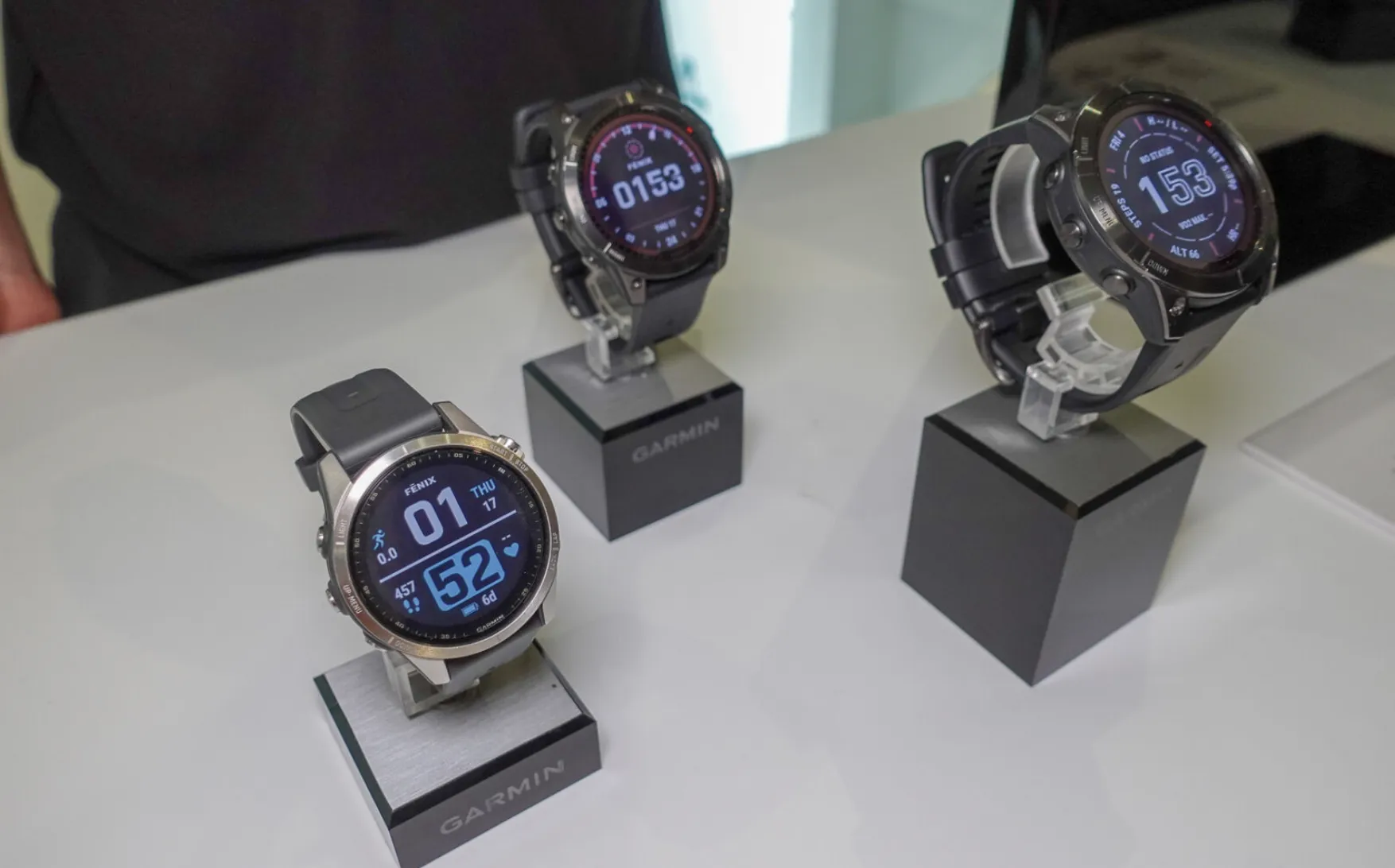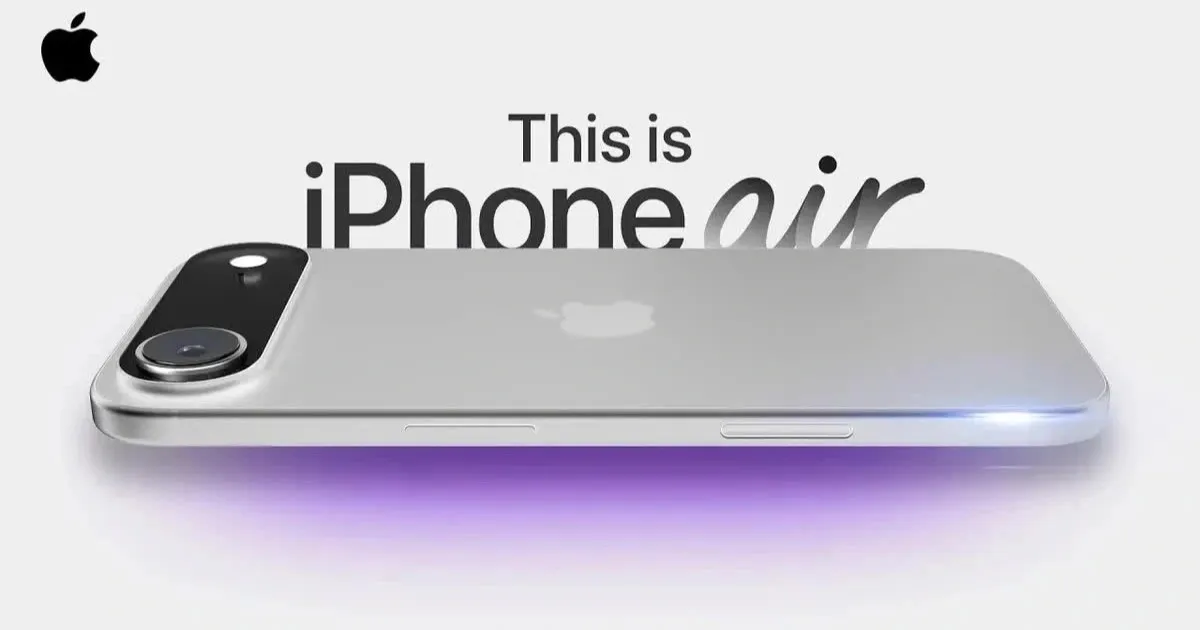Apple’s latest release, the iPhone Air, enters the market with an audacious promise: ultra-thin profile, modern hardware, and a design unlike anything Apple's offered before—yet at the cost of some features many users care about, especially battery and camera breadth. In this deep dive, we examine how the iPhone Air performs in its battery life, camera quality, design choices, and whether it’s the right pick depending on how you use your phone.
Ultra-Slim Design & Build Quality
One of the most striking features of the iPhone Air is its thinness. Apple has engineered this model to be among the thinnest iPhones ever produced. It maintains a robust titanium frame, and a display protected by Apple’s high-grade “Ceramic Shield” glass.
-
Thickness hovers around 5.6 mm, making it noticeably slimmer than many flagship models.
-
Despite its weight being low, ergonomics are good; it slips easily into pockets and doesn’t feel bulky.
-
Durability tests (including bend tests) suggest a.k.a. ‘worst-case’ usage still holds up well—thanks to material choice and frame strength.
However, being this slim forces compromises. The battery capacity is smaller, and some features common in multi-camera setups are reduced or removed.

Battery Life: Adequate But Not Exceptional
While many people expect flagship phones to carry them through a full day comfortably, the iPhone Air makes modest promises in this respect.
-
In average real-world usage—some mix of browsing, messaging, light video/streaming—the battery gets most users to the end of the day. But it’s not leaving much margin for heavy usage.
-
Screen-on time tends to clock in around 5-6 hours under moderate load; under heavier load (gaming, video, GPS navigation) that drops significantly.
-
For power users, there's a higher chance you'll need to plug in again before bedtime—or carry a portable charger.
Apple has introduced a new MagSafe Battery Pack made specifically for the Air, helping extend juice when needed. But reviews indicate it doesn’t deliver a full extra charge, and charging via that accessory is slow. So while the pack helps, it’s not a complete fix for the battery constraints built into the thin design.
Also, Apple has introduced software features like Adaptive Battery mode in iOS 26, which aims to optimize how the battery is used and preserve usability over time. But the impact of these features in everyday, heavy usage remains limited.
Camera Performance: Strong Single Lens, But Limited Flexibility
The iPhone Air is equipped with a single 48-megapixel main rear camera, which is capable of producing impressive shots in many lighting conditions: good detail, accurate colors, solid dynamic range.
-
For users who primarily take photos using the main camera and occasionally selfie work, this will satisfy. Images come out crisp, with good tonality.
-
Video recording is strong for its class (daylight, stable conditions), though it lacks some advanced ultra-wide or high-zoom options that are becoming more common in flagship phones.
What’s missing is the extra camera lenses. No ultra-wide, no dedicated telephoto lens, which reduces your creative freedom:
-
Landscapes, group shots, or architectural photos may feel constricted.
-
Zoomed shots will rely mostly on digital zoom, which often results in lower quality.
-
Low-light performance is decent with the main lens, but advanced imaging (night mode, portrait mode in low light) tends to lag behind multi-camera setups.
In summary: the camera is strong for its class, but those who rely heavily on varied photography modes may miss the extra tools.

Trade-Offs & Where It Shines
Because the Air prioritizes thinness and build style, there are trade-offs. But in certain areas, it really does deliver.
What it does well:
-
Design & Portability: If your priority is having a phone that’s lightweight and easy to carry, the Air wins.
-
Build Materials & Aesthetics: Titanium frame, Ceramic Shield, clean finishes, and modern looks.
-
Main Camera Quality: For everyday photos—portraits, street shots, general content—the main lens is capable.
Where you give up:
-
Less battery headroom. Extended use, navigation, gaming, video streaming take a toll.
-
Limited camera versatility. If you like ultra-wide or zoom lenses, you’ll notice.
-
Possibly tougher on battery longevity: thinner physical battery translates into less buffer for degradation over time.
Day-to-Day Use: What to Expect
Depending on your usage pattern, the Air can feel either like a sleek winner or an over-compromise.
-
Casual users—those who browse, stream occasionally, message and take photos here and there—will likely find the Air more than enough.
-
Heavy users—streaming all day, gaming, outdoor usage with GPS, or lots of photography—might feel constrained.
Charging routines will matter. You may need to charge midday or carry the MagSafe pack or USB-C power bank. Given the slim battery, forgetting to charge could result in more anxiety than some thicker, more battery-rich phones.

Comparison vs. Other iPhones & Competitors
To put the Air in context:
| Feature | iPhone Air | Typical Flagship / iPhone Pro Models |
|---|---|---|
| Battery endurance | Moderate; enough for a day under average usage | Better; built for longer active use |
| Camera variety | Single main lens | Ultra-wide, telephoto, zoom, etc. |
| Thickness / weight | Very slim, light | Thicker, heavier but with more hardware |
| Value for power users | Lesser, due to sacrifices | Higher in terms of flexibility and performance |
Competitors with multiple lenses, larger battery packs, or more aggressive spec trenching (faster charging, more cameras) may outshine the Air in particular areas. But they also often sacrifice design minimalism or portability.
Final Verdict: Who Should Buy the iPhone Air
If you fit into one of the following user categories, the iPhone Air might be a great choice:
-
Someone who highly values style, portability, and a phone that feels more like a design statement than a power tool.
-
A user who doesn’t push their phone to its limits—light or moderate usage, regular charging, modest expectations for photography variety.
-
An Apple fan who wants a slimmer device, maybe as a second phone or one to use primarily for lighter tasks.
On the other hand, if you:
-
Stream, game, or use GPS a lot,
-
Regularly take photos needing wide or zoom,
-
Need long battery life,
-
Or prefer having fewer compromises overall,
then you may be better served by one of Apple’s Pro models, or a flagship from another brand with multi-camera setups and larger capacity battery.
SEO Tips & Notes for Buyers
-
When searching for reviews, include terms like battery life comparison, camera lens counts, thin phones durability, iPhone Air vs iPhone Pro, iOS 26 battery improvements.
-
Check real usage battery benchmarks (screen-on time, video playback, gaming) rather than just “all-day” claims.
-
If battery life is a priority, pay attention to accessory ecosystems: MagSafe battery pack, high quality USB-C power banks.
The iPhone Air is a bold move by Apple—a sleek, ultra-thin smartphone that leans heavily into style and core functionality. It wins big in design, build, and for its single main camera delivering strong images. But battery life and camera flexibility are its biggest compromises. For many users, it's a beautiful, capable phone—but for those who push their devices hard, the trade-offs may be too large.
In the end, whether iPhone Air is the right pick depends on your priorities. If you value elegance, portability, and solid performance in everyday scenarios, it could well be the phone for you. If what you really want is maximum battery, zoom lenses, and all the hardware bells and whistles, there are better options elsewhere.





-1712200011-q80.webp)